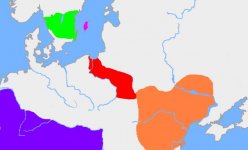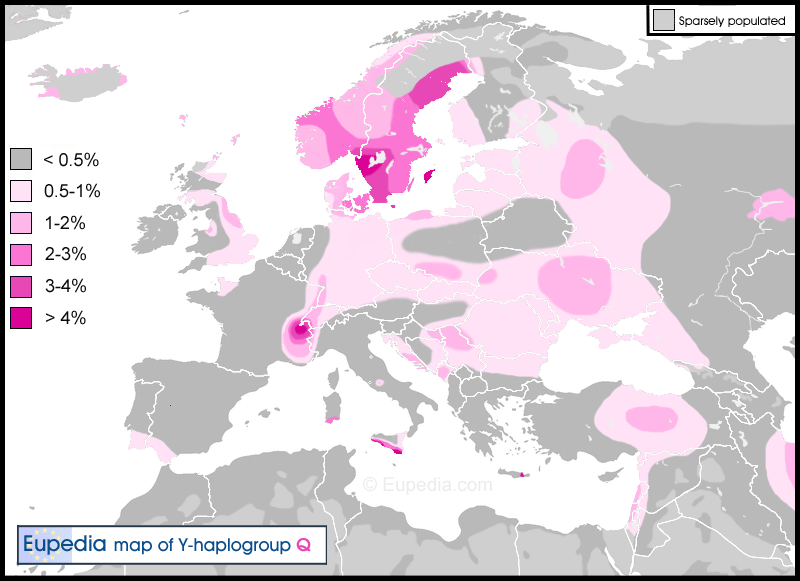how yes no 2
Junior Member
- Messages
- 863
- Reaction score
- 3
- Points
- 0
south most Spain, Sicily and Sardinia could indeed be due to Phoenicians as suggested by Maciamo, as there is a hotspot in Lebanon too...

interestingly north Africa seems to lack Q which is according to this marker of Phoenicians...this could indicate that almost no Phoenicians survived there...
alternatively, Q could have been spread to south Spain, Sicily and Sardinia by Vandals and Alans... or perhaps by some mercenaries fighting for Byzantium...
the most curious part are Basques... perhaps they had trade partnership with Phoenicians...

interestingly north Africa seems to lack Q which is according to this marker of Phoenicians...this could indicate that almost no Phoenicians survived there...
alternatively, Q could have been spread to south Spain, Sicily and Sardinia by Vandals and Alans... or perhaps by some mercenaries fighting for Byzantium...
the most curious part are Basques... perhaps they had trade partnership with Phoenicians...



